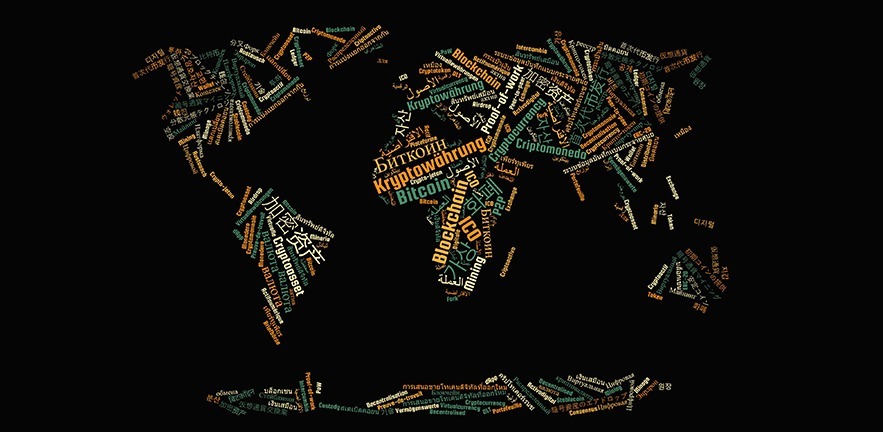Lack of standard terminology for cryptoassets hampers global regulatory response, says a new report by the Cambridge Centre for Alternative Finance.

The lack of a standard terminology for cryptoassets and the blockchain industry across jurisdictions hampers the development of a coordinated regulatory response, according to the first global comparative study of cryptoasset regulation by the Cambridge Centre for Alternative Finance (CCAF) at University of Cambridge Judge Business School.
The research was conducted with the support of the Nomura Research Institute (NRI).

The lack of such common terminology is a “major impediment” to clear policies in this area, says the report, Global Cryptoasset Regulatory Landscape Study. “A variety of terms are used, often interchangeably and without a clear definition.”
Even the term “cryptoasset” can have different meanings depending on context, so regulators face several issues including ensuring that terminology is used consistently in official statements. As a result of lacking consensus around terminology, the scope of different regulatory authorities often overlaps: the study finds that on average three distinct national regulatory bodies per jurisdiction have issued official statements on cryptoassets, including warnings.
The CCAF report is based on an in-depth analysis of 23 jurisdictions, providing a comprehensive analysis that contrasts various regulatory approaches in order to shed light on regulatory challenges and opportunities.

“This first comparative global report on cryptoasset and blockchain regulation is an important practical and analytic tool for regulators, market participants and other stakeholders in this emerging sector,” says Michel Rauchs, Cryptocurrency and Blockchain Lead at CCAF. “By conceptualising the key dimensions of cryptoassets and their regulation, the report can help develop a more consistent approach across regulators,” adds CCAF Research Assistant on Cryptoasset and Blockchain Technology and Project Lead Apolline Blandin.
Other key highlights of the report include:
- The most sophisticated regulatory frameworks are found in countries with a less rigid attitude towards financial regulation and a low level of domestic cryptoasset activity. In contrast, 47 per cent of jurisdictions with a high level of domestic cryptoasset activity have adopted a “retrofitting” approach to regulation – amending existing laws and regulations in order to respond more swiftly.
- The vast majority of examined jurisdictions (82 per cent) have distinguished cryptoassets that exhibit characteristics of a security from other types of cryptoassets. Consequently, activities dealing with cryptoassets that qualify as a security are automatically brought under the ambit of securities law.
- Regulators have primarily focused their attention on initial coin offerings (ICOs) and exchange trading – functions that resemble well-understood activities in traditional financial markets. Other key activities specific to cryptoassets, such as alternative token distribution mechanisms (e.g. airdrop, fork) and the creation of cryptoassets through mining, have been overlooked – and this may have significant impact depending on how the cryptoasset market develops.

